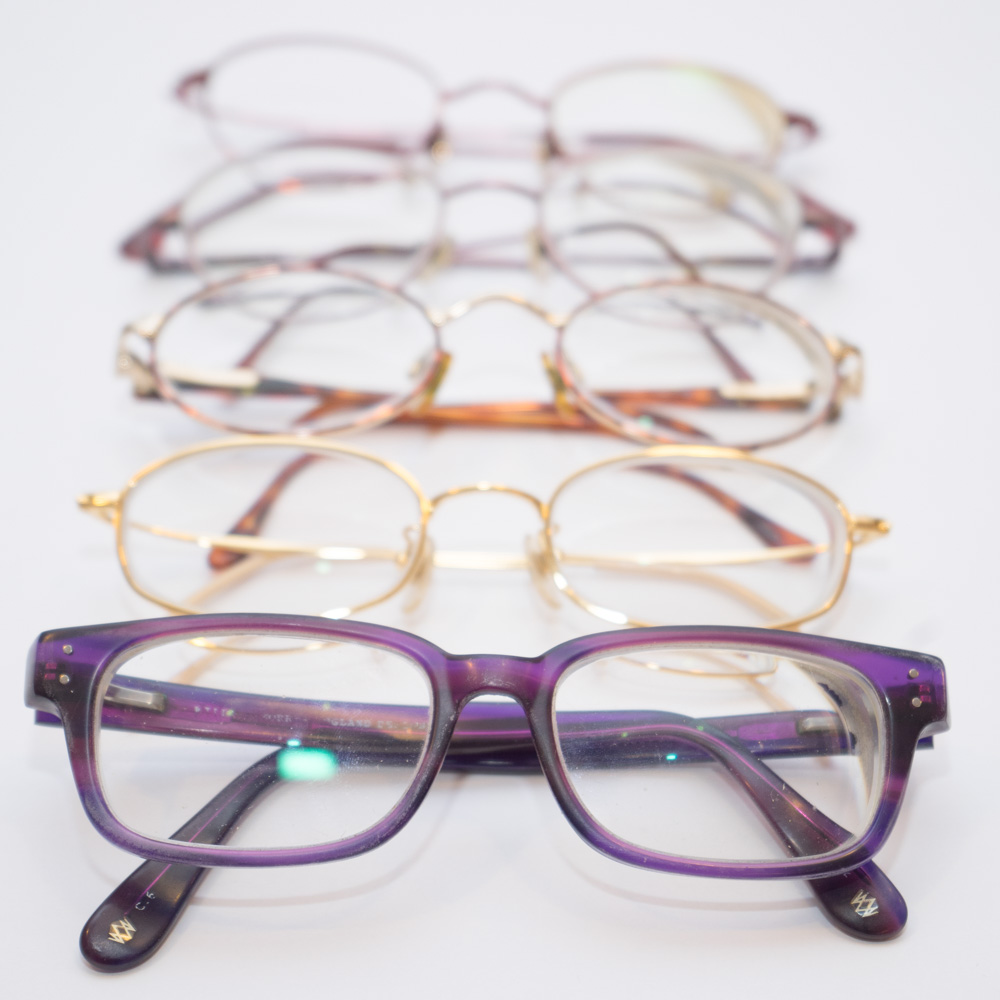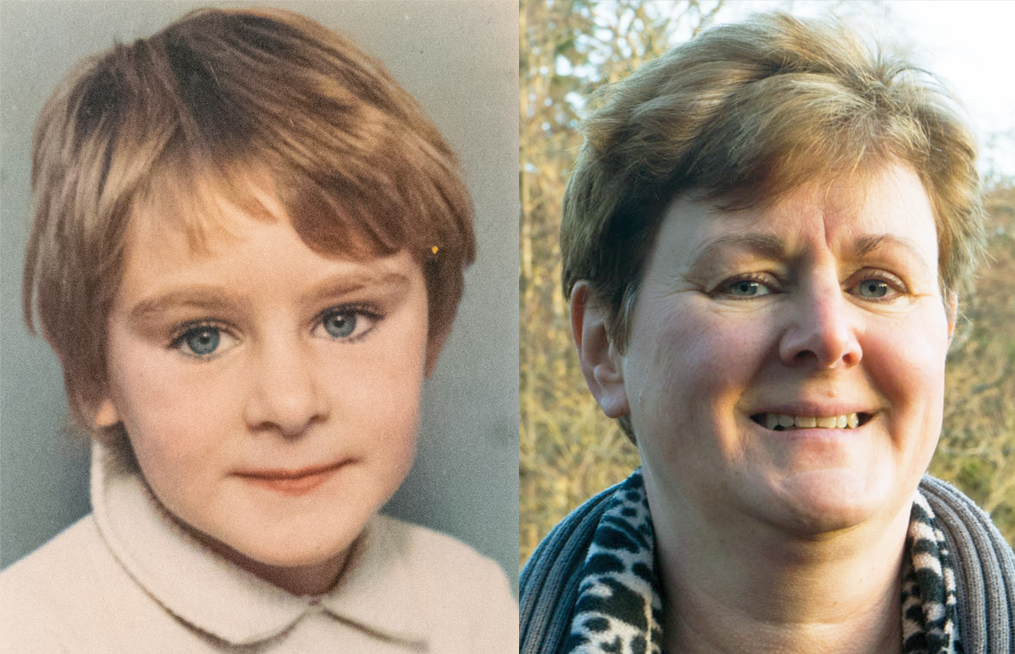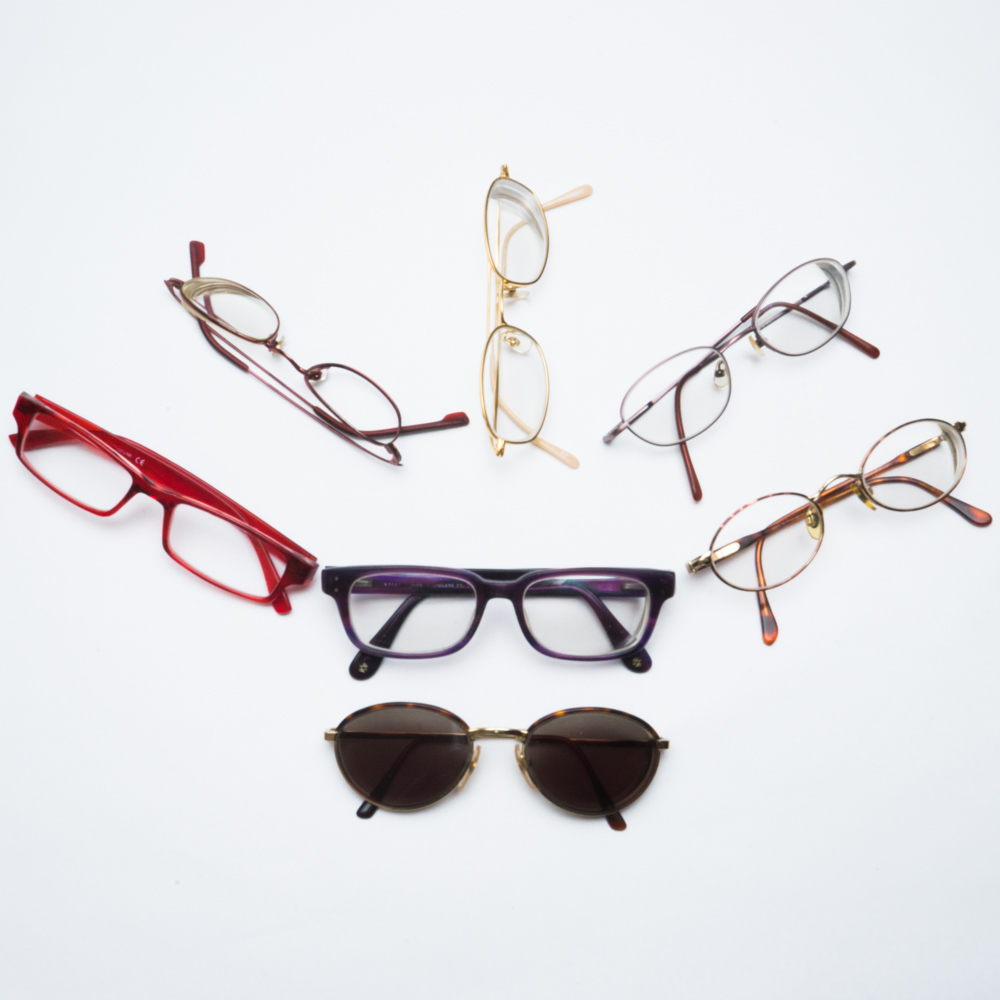I am half way through achieving the eyesight of my choice. Bespoke, designer vision – achieved by lens replacement surgery, followed by laser treatment – to give me the optimum blended vision, selected to work the best for me, for the rest of my life. Wow!
For four decades and more I have been severely short sighted (eleven and nearly eight dioptres for those who like the numbers). I was able to see in focus up to 20cm (8 inches) and beyond that it was a blur. No wonder varifocals – which I loved – felt heavy on my face all the time, and when contact lenses plus reading glasses, became such a nuisance when delivering my work, I was open, (although scared), to the suggestion from my optician to look at new, surgery based options.
I needed a two step approach: lens replacement surgery (like the cataract operation, where you replace the lens in the eye), plus laser treatment for fine tuning – because of the level of my short sight. For me, the whole process has not been the breeze in the park the TV adverts suggest. As I enter the New Year though, I am now choosing my final combination of eyesight, making a judgement as to what will suit me best for the rest of my life. Really?
These choices are the next (and hopefully final) step of laser treatment. My right eye is my dominant eye, and has been provided with a lens to see perfectly in the distance. With my left eye, the lens has already been set one dioptre short, to allow me to read more easily.
The concept is that both eyes will work together in a blended vision approach. Our brains are clever enough to work out when to use each eye, and how to blend the two where this is appropriate:
Currently I am experimenting with contact lenses of different prescriptions to see how big a gap between the two eyes will suit me best. I could decide to have both eyes perfect for distance (and then always need reading glasses), or to take my left eye up to 1.75 dioptres i.e. to increase the gap between the eyes and have both fantastic distance and reading.
This seems amazing – almost as if I am able to do better than nature for a person of my age. I feel humbled, petrified and gob smacked that these choices are available – that technology and medicine can combine in this way – and that I have been brave enough to venture on this path!
My hunch is that I will go for the maximum sensible gap between eyes, to gain both distance and reading, although I do really enjoy having two eyes which see the distance well together too. The current experiments are to help me feel really comfortable with my decision – as there is an element of compromise in whatever I do.
In the meantime, though, I am SO enjoying no weight on my face; and the compliments I am receiving about the blueness of my eyes.
Which brings me to you. Converting my story into a metaphor for making choices in creating vision, this is one of the times of year when we generally do this vision and goal setting stuff – in our organisations, teams, lives, families, volunteer causes and churches. Here are some thoughts for you:
- When you create your vision – do you place as much attention on being able to see what is close to you, as well as what is far away in the distance? If so, how does it benefit you? How can you also blend the two effectively?
- Do you create a vision which as you move, automatically adjusts and stays sharp? Or must it remain static (in a Powerpoint slide or on the wall), whatever is actually happening in your here and now?
My eye surgeon, has been crucial, listening to me about my desires for my eye sight choices, to help gain the best possible outcome for me. It’s not the end of the process though, as my optician reminds me that annual checks for health and wellbeing will still be important. Which leads to my final thought for you:
- Instead of looking too much at the compromises or constraints, what is the opportunity in your vision – and how can you genuinely and consistently place your focus here, to give you the best possible outcome over time?
Please feel free to contact me if you would like to experiment on a consultancy basis with the bespoke vision metaphor for your organisation in 2015!
Also contact me if you would like to ask a question about the actual experience of lens replacement surgery if you are interested for yourself, or to make any suggestions in relation to my own vision decision.
Photo credits: Martin How
Blended Vision chart from LaserVision (www.laservision.co.uk)









Gill, this is scarey! I have had and am going through a very similar experience to you.
In early 2014 I had to have emergency surgery to my left (dominant eye) for a chronic retinal detatchment which all went well, although resulted in me having a subsequent cateract operation 3 months later. I now have amazing long distance vision in the left eye, but rubbish short vision (circa +2.5). Before the operations I was circa -5.0 in both eys and found varifocals perfect. (I must fess up at this point I would buy the most expensive lens to keep the thickness of the lens, weight, refraction etc right down).
So my right eye is still -5,0 and wearing glasses is no longer an option without either a contact lens or further surgey to my right eye. So I too am considering the alternatives carefully with lots of experimenting with 1 contact lens!! The circa -5.0 dioptres converts for me to a -4.5 contact lens in my right eye to give perfect long distance in both eyes, but with blurred near vision, the need to have reading glasses at my side all the time (which I hate) and clumsiness in the 0.5-2m zone. So I am trying out various strength lens in the right eye over a range difference of 1.5; ie a lens between -3.0 and -4.5. I feel I am nearly at a conclusion which is likely to be a -1.25 reduction in my right lens to -3.25.
From reading your account and as I suspected, I think I am very lucky it is my dominant eye which now has perfect long vision and indeed is actualy +0.0D.
I fully agree it is a compromise, just like life! (You can never have life perfect all the time, however hard you try! One must take a balanced view and endeavour to achieve what is best in the then current circumstances). So going back to my eyes……..What I am seeking to acieve is:
1. the ability to use IT, albeit briefly, without putting on glasses (most importantly the iphone, computer and reading my watch)
2. Not to put on glasses to eat
3. Brief reading
4. Drive safely without glasses
5. Carry out all my water sports without glasses (The one i find the most frustrating is making up a trace and trying to thread a hook when fishing!)
ie generally live life not having to wear glasses, but recognise they are needed in some important situations; generally when you may wear them for a long time out of choice and ease, not neccesity. eg:
1. Working at the computer
2, Driving long distance
3. Doing detailed close up work
4. Detailed reading
5. When I want perfect long vision
So once I have provisionally decided on my left contact lens (say -3.25) i will go back to my very understanding optician and order some cheap varifocal glasses to give me perfect long vision (0.0 long distance correction in my left eye and circa (we are back to dioptres!) -1.25 in my right eye, with about +2.5 in each eye for reading)
And if all this works well, which I am hopeful it will, it is back to the eye surgeon for the removal of a slowly progressive cateract in my right eye and the insertion of a new lens of the strength of my choice to achieve the balance I am after with the -3.25 lens.
Then (and hopefully finally!) back to the opticians to make minor adjustments to the varifocals.
Other issues I have considered along the way relevant to me are (a bit more science I am afraid!):
1. The artificial lens I now have in my left eye and would have after my right eye operation, gives some glare in artificial light. This is common and I believe is the higher frequency light which can be cutout with a coating on glasses.
2.. My left eye takes longer to adjust to the dark, particularly at dusk, the time I have always found driving most difficult. I suspect following my initial operation (to repair the detachment which had got critically close to the macular) this eye needs stronger light to give the same vision. I have therefore ruled out varifocal contact lens or a varifocal artificial len as I am advised this option is a compromise which requires good light quality to work well.
So after a long blog (if you haven’t fallen asleep!) THIS IS MY VISION.
All the best
Nick Rivlin
PS I have written this in the early hours without a lens in my right eye or wearing glasses, so watch out my typos!
Thanks Nick for sharing your experience! I love your criteria – such a fantastic and obvious list! As you say, it is about choosing your vision for the majority of the time, and having alternatives to complement the eyesight for specific circumstances. I hope all goes well for you with your right eye in due course. Thanks again, Gill